Home>Garden Essentials>Why Are GMO Seeds More Expensive


Garden Essentials
Why Are GMO Seeds More Expensive
Modified: March 24, 2024
Discover why GMO seeds are pricier than conventional ones and how they can impact your garden. Uncover the truth about genetically modified organisms.
(Many of the links in this article redirect to a specific reviewed product. Your purchase of these products through affiliate links helps to generate commission for Storables.com, at no extra cost. Learn more)
Introduction
Gardening is a delightful and fulfilling hobby that allows individuals to connect with nature and create beautiful outdoor spaces. From planting flowers to growing vegetables, the world of gardening offers endless opportunities for creativity and serenity. However, there is another aspect of gardening that has gained significant attention in recent years – genetically modified organisms (GMOs) and their impact on the cost of seeds.
GMO seeds are those that have been altered through genetic engineering to exhibit specific traits, such as resistance to pests or herbicides. While GMOs have been a topic of controversy and debate, they have also been widely adopted by farmers due to their potential benefits. However, one question that often arises is why GMO seeds are more expensive compared to conventional seeds.
To understand the reasons behind the higher cost of GMO seeds, it is important to explore the process of developing these seeds and the various factors that contribute to their pricing. This article will delve into the definition of GMO seeds, the research and development costs involved, regulatory approval expenses, patent protection and royalties, the increased yield and crop quality associated with GMO seeds, farmer adoption and market demand, and the impact on seed industry competition.
By examining these aspects, we can gain a comprehensive understanding of why GMO seeds come with a higher price tag. Additionally, we will explore the implications of this cost disparity on both the agricultural industry and consumers.
In the following sections, we will dive deeper into the world of GMO seeds, shedding light on the factors that contribute to their price, and exploring the potential benefits and drawbacks of their adoption. Join us on this journey to uncover the secrets behind the higher cost of GMO seeds and unravel the complexities of modern agriculture.
Key Takeaways:
- GMO seeds cost more due to extensive research, regulatory approval, and patent protection. Their benefits, like higher yields and improved crop quality, justify the higher price, impacting farming efficiency and risk mitigation.
- Farmer adoption, market demand, and seed industry competition influence GMO seed pricing. Balancing innovation, competition, and affordability is crucial for sustainable access to genetically modified traits.
Read more: Why Are White Chia Seeds More Expensive
Definition of GMO Seeds
GMO seeds, also known as genetically modified organisms, are plant seeds that have been altered through genetic engineering techniques. Genetic engineering involves the manipulation of an organism’s DNA to introduce specific traits or characteristics. In the case of GMO seeds, scientists alter the genetic makeup of the plant to achieve desired traits such as resistance to pests, diseases, or herbicides, improved yield, or nutritional enhancements.
Traditional plant breeding methods involve crossing plants with desirable traits and selecting the offspring that exhibit those traits. Genetic engineering takes a more direct approach by introducing specific genes into the plant’s DNA, bypassing the years of traditional breeding efforts.
The process of creating GMO seeds begins in the laboratory, where scientists identify a desired trait and locate the corresponding gene. This gene is then isolated and inserted into the DNA of the target plant. Once the gene is successfully integrated into the plant’s genetic material, it can be propagated to produce seeds that carry the modified trait.
It’s important to note that GMO seeds are different from hybrid seeds. Hybrid seeds are created by cross-pollinating two different plant varieties to produce offspring with desirable traits. However, the resulting hybrid plants will not consistently produce offspring with the same traits as their parents. In contrast, GMO seeds retain the desired traits generation after generation.
GMO seeds have been developed to address various agricultural challenges. For example, some GMO seeds have been engineered to produce a toxin that is harmful to specific pests, reducing the need for chemical pesticides. Other GMO seeds have been designed to be resistant to certain herbicides, allowing farmers to control weeds without damaging their crops.
It’s crucial to consider that GMO seeds undergo strict regulation and safety evaluations before they are approved for commercial use. Government agencies, such as the U.S. Food and Drug Administration (FDA) and the European Food Safety Authority (EFSA), evaluate the potential risks and benefits of GMO seeds to ensure they are safe for human consumption and the environment.
Now that we have a clear understanding of what GMO seeds are and how they are created, let’s explore the various factors that contribute to their higher cost compared to conventional seeds.
The Process of Developing GMO Seeds
The development of genetically modified organism (GMO) seeds involves a complex and meticulous process that includes several stages of research, testing, and regulatory approval. Let’s take a closer look at the steps involved in the development of GMO seeds.
1. Identification of Target Trait: The first step in the process is to identify the specific trait that scientists aim to introduce or modify in the plant. This could be resistance to pests, diseases, or herbicides, improved nutritional content, or enhanced yield potential.
2. Genetic Modification: Once the target trait has been identified, scientists isolate the gene responsible for it. This gene is then inserted into the DNA of the target plant using various methods, such as the use of bacterial vectors or gene guns. The goal is to ensure that the inserted gene is incorporated into the plant’s genetic material and expressed in the desired way.
3. Laboratory Testing: After the genetic modification, scientists conduct extensive laboratory testing to confirm the successful transfer of the desired trait into the plant. This includes analyzing the expression of the gene, assessing the stability of the trait across generations, and evaluating any potential unintended effects on the plant’s characteristics or behavior.
4. Field Trials: Following successful laboratory testing, the modified plants undergo rigorous field trials to assess their performance in real-world conditions. Field trials help researchers gather data on the plant’s agronomic traits, yield potential, resistance to pests and diseases, and environmental impact.
5. Regulatory Approval: Before GMO seeds can be commercially released, they must go through a regulatory approval process to ensure their safety for human consumption and the environment. Government agencies, such as the FDA in the United States or the EFSA in Europe, evaluate the data from laboratory testing and field trials to determine the potential risks and benefits associated with the GMO seeds.
6. Commercialization: Once the GMO seeds receive regulatory approval, they can be commercialized and made available to farmers. Seed companies typically produce the GMO seeds through controlled breeding techniques to ensure the consistent expression of the desired traits in subsequent generations.
The process of developing GMO seeds is time-consuming, resource-intensive, and requires a high level of scientific expertise. It involves years of research, multiple rounds of testing, and compliance with strict regulatory protocols. This extensive investment of time, human capital, and financial resources contributes to the higher cost of GMO seeds compared to conventional seeds.
Additionally, it is crucial to note that not all GMO seeds make it to commercialization. Many seeds undergo long periods of research and testing but fail to meet the desired objectives or pass the regulatory requirements. As a result, the costs incurred during these unsuccessful development efforts further contribute to the overall expenses associated with GMO seed development.
With a deeper understanding of the process involved in developing GMO seeds, let’s explore the various factors that contribute to the higher price of these seeds compared to conventional alternatives.
Research and Development Costs
One of the primary factors contributing to the higher cost of genetically modified organism (GMO) seeds is the significant investment in research and development (R&D) required to develop these seeds. Let’s take a closer look at the various elements that contribute to the R&D costs.
1. Scientific Expertise: Developing GMO seeds requires a team of highly skilled scientists with expertise in molecular biology, genetics, and plant breeding. These experts dedicate their time and efforts to understand the genetic makeup of plants, identify desirable traits, and manipulate the genes to achieve the desired results. The specialized knowledge and skills needed to conduct this research come at a substantial cost.
2. Laboratory Facilities and Equipment: Conducting genetic research and modifying plant genes necessitates state-of-the-art laboratory facilities and specialized equipment. These facilities require substantial investment in infrastructure, maintenance, and upgrading. The cost of purchasing and maintaining sophisticated laboratory equipment further adds to the R&D expenses.
3. Testing and Analysis: Before GMO seeds can be deemed safe and effective for commercial use, they undergo extensive testing and analysis. This process helps evaluate the stability, expression, and performance of the modified genes in the plants. Testing typically involves multiple rounds of laboratory experiments, greenhouse trials, and large-scale field trials. The costs associated with conducting these experiments, collecting data, and analyzing results can be significant.
4. Compliance with Regulatory Requirements: GMO seeds are subject to stringent regulatory requirements to ensure their safety for human consumption and the environment. Research and development teams must invest time and resources to conduct studies and compile data to meet the regulatory standards set by government agencies. This includes conducting Environmental Impact Assessments (EIAs) and providing detailed documentation on the effects and potential risks associated with the GMO seeds. The cost of meeting these regulatory requirements can contribute substantially to the total R&D expenses.
5. Intellectual Property Protection: Seed companies invest heavily in intellectual property protection, including patents, to safeguard their innovations and recoup their R&D costs. Acquiring and defending patents adds yet another expense to the overall costs of developing GMO seeds. Companies must recoup these costs and generate returns on their investments, which may be reflected in the higher price of GMO seeds.
6. Continuous Innovation: The field of GMO seed development is constantly evolving, with new technologies and scientific advancements emerging regularly. Research and development teams must stay on top of the latest developments and continuously innovate to improve the traits and performance of GMO seeds. This commitment to innovation requires ongoing investment in R&D, driving up the costs associated with GMO seed development.
It is important to note that the R&D costs involved in developing GMO seeds are spread across the entire development process, including both successful and unsuccessful projects. The expenses incurred in unsuccessful research endeavors contribute to the overall R&D costs, which are eventually factored into the pricing of GMO seeds that make it to the market.
By understanding the substantial research and development investment required to develop GMO seeds, we can better appreciate the higher cost associated with these seeds. In the next sections, we will explore additional factors that contribute to the pricing of GMO seeds, such as regulatory approval expenses and patent protection and royalties.
Regulatory Approval Expenses
Obtaining regulatory approval is a crucial and costly step in the development and commercialization of genetically modified organism (GMO) seeds. Before GMO seeds can be sold and used by farmers, they must undergo rigorous evaluation and assessment by government agencies to ensure their safety for human consumption and the environment. Let’s explore the regulatory approval process and the associated expenses.
1. Safety Evaluations: Government agencies, such as the U.S. Food and Drug Administration (FDA) in the United States or the European Food Safety Authority (EFSA) in Europe, conduct thorough safety evaluations of GMO seeds. These evaluations assess any potential risks associated with the consumption of genetically modified plants, including allergenicity, toxicity, and nutrient composition. The studies and research required to meet the safety standards set by these agencies can be extensive and costly.
2. Environmental Impact Assessments: GMO seeds also undergo environmental impact assessments (EIAs) to evaluate their potential impact on the environment. These assessments analyze the effects of the genetically modified plants on ecosystems, wildlife, and biodiversity. Gathering data, conducting studies, and preparing comprehensive EIAs require significant resources and financial investments.
3. Compliance with Regulations: Regulatory agencies establish guidelines and regulations that GMO seeds must comply with before they can be approved for commercial use. Meeting these requirements involves extensive documentation, data analysis, and reporting. The costs associated with complying with these regulations, including hiring specialized personnel, conducting the necessary studies, and compiling the required documentation, can be substantial.
4. Legal and Administrative Fees: The process of obtaining regulatory approval often involves legal and administrative expenses. Companies may need to engage legal professionals to ensure compliance with regulations and navigate the complexities of the approval process. Administrative fees, such as application fees and review fees, may also be required by regulatory agencies, adding to the overall cost.
5. Lengthy Approval Process: The regulatory approval process for GMO seeds can be lengthy, often stretching over several years. During this time, companies must bear the ongoing costs associated with studies, documentation, and compliance. These prolonged approval timelines can escalate expenses, including research and development costs, field trial expenses, and administrative overheads.
It is important to note that the expenses incurred in obtaining regulatory approval are significant, regardless of whether the GMO seeds are ultimately approved or not. Even for projects that do not receive regulatory clearance, substantial costs may have already been incurred during the evaluation process.
These regulatory approval expenses contribute to the higher cost of GMO seeds. Seed companies must factor in these costs when determining the pricing of genetically modified seeds that successfully navigate the approval process. Additionally, the cost of obtaining regulatory approval acts as a barrier to entry for smaller seed companies, which may further limit competition and contribute to higher prices.
By understanding the financial implications of the regulatory approval process, we can better appreciate the higher cost associated with GMO seeds. In the next sections, we will explore the impact of patent protection and royalties, as well as the increased yield and crop quality, on the pricing of these seeds.
GMO seeds are more expensive because they require extensive research and development, as well as regulatory approval. Additionally, the technology used in creating GMO seeds adds to the production costs.
Read more: Why Don’t Farmers Use GMO Seeds
Patent Protection and Royalties
Another significant factor contributing to the higher cost of genetically modified organism (GMO) seeds is the issue of patent protection and royalties. Seed companies invest substantial resources in developing GMO seeds and often secure patent rights to protect their innovations. Let’s delve into the details of patent protection and the impact it has on the pricing of GMO seeds.
1. Intellectual Property Protection: Seed companies invest heavily in research and development (R&D) to create genetically modified traits and develop GMO seeds. To safeguard their innovations and recoup their investments, these companies obtain patents for their genetically modified traits and technologies. Patents provide exclusive rights to the patent holder, enabling them to control the use, sale, and distribution of GMO seeds with the patented traits.
2. Royalties and Licensing Fees: In order to access and use patented GMO traits, other seed companies or farmers must enter into licensing agreements and pay royalties. These royalties serve as compensation to the patent holder for the use of their patented technology or trait. The licensing fees and royalties incurred by seed companies using patented traits contribute to the overall cost of developing and selling GMO seeds.
3. Limited Competition: Patent protection can create a situation where only a few seed companies have access to a specific genetically modified trait. This limited competition can result in higher prices for GMO seeds, as there are fewer options available to farmers. The lack of competition may also limit the availability of genetically modified traits and inhibit the development of alternative solutions.
4. Research and Development Costs Recovery: Patent protection and the royalties collected play a crucial role in helping seed companies recover the substantial investments made in R&D. The costs associated with developing GMO seeds, including research, testing, regulatory approval, and intellectual property protection, are factored into the pricing of the seeds. These costs must be recovered to incentivize further innovation and cover future R&D expenses.
5. Technological Advancements and Innovation: Patent protection encourages seed companies to invest in further research and development to create new and improved genetically modified traits. The potential for exclusive rights and royalty income provides an incentive for companies to continue developing innovative solutions to address agricultural challenges. This ongoing technological advancement can lead to the development of more efficient, resilient, and sustainable GMO seeds.
It’s important to recognize that patent protection and royalties have both positive and negative implications. On the one hand, they incentivize research and development and protect the innovations of seed companies. On the other hand, they can contribute to higher prices and limit access to patented traits, potentially hindering agricultural diversity and the availability of affordable GMO seeds.
By understanding the role of patent protection and royalties, we gain insight into the financial considerations that contribute to the pricing of GMO seeds. In the next sections, we will explore the increased yield and crop quality associated with GMO seeds, as well as the impact of farmer adoption and market demand on pricing.
Increased Yield and Crop Quality
One of the key factors influencing the pricing of genetically modified organism (GMO) seeds is the potential for increased yield and improved crop quality. GMO seeds have been developed to address agricultural challenges and enhance the productivity of crops. Let’s explore the impact of increased yield and crop quality on the pricing of GMO seeds.
1. Higher Yield Potential: One of the main benefits associated with GMO seeds is their ability to offer higher yield potential compared to conventional seeds. Through genetic engineering, scientists have developed crops that are more resistant to pests, diseases, and environmental stressors. By incorporating traits like insect resistance or drought tolerance, GMO seeds can help farmers achieve higher yields, which can directly translate into increased profitability.
2. Enhanced Crop Quality: GMO technology also enables the modification of crops to improve their quality attributes, such as nutritional content, flavor, and appearance. For example, GMO seeds have been engineered to increase the nutritional value of crops by enriching them with essential vitamins, minerals, or antioxidants. This can have significant implications for human health and nutrition.
3. Resource Efficiency: GMO seeds have the potential to enhance resource efficiency in agriculture. For instance, genetically modified crops that are resistant to certain herbicides can allow farmers to use less herbicide, reducing costs and minimizing impacts on the environment. Similarly, insect-resistant GMO seeds can reduce the need for pesticide applications, leading to a more sustainable approach to pest management.
4. Risk Mitigation: GMO seeds offer a degree of risk mitigation for farmers. By incorporating traits that confer resistance to specific pests or diseases, GMO seeds can help protect crops against harmful pathogens or pest infestations. This can result in reduced losses and increased overall crop resilience, providing farmers with more reliable and predictable outcomes.
5. Increased Farming Efficiency: The potential for higher yields and improved crop quality associated with GMO seeds can result in increased farming efficiency. With increased productivity, farmers can maximize their land utilization, reduce the need for additional inputs, and optimize their operations. This operational efficiency can contribute to better financial outcomes, offsetting the higher cost of GMO seeds.
However, it is important to note that the benefits of increased yield and crop quality may not be universal. The effectiveness of GMO traits can vary depending on the specific crop, environmental conditions, and farming practices. Farmers must carefully evaluate the suitability of GMO seeds for their specific needs and assess the potential return on investment before adopting these seeds.
The increased yield potential and improved crop quality associated with GMO seeds can justify their higher cost. By providing farmers with the potential for greater profitability, resource efficiency, and risk mitigation, GMO seeds offer tangible benefits that can outweigh the initial investment. However, it is essential to weigh these benefits against the potential drawbacks and consider the overall impact of GMO adoption on agricultural sustainability and biodiversity.
In the next section, we will explore the impact of farmer adoption and market demand on the pricing of GMO seeds.
Farmer Adoption and Market Demand
The adoption of genetically modified organism (GMO) seeds by farmers and the level of market demand play a significant role in determining the pricing of these seeds. Let’s delve into the impact of farmer adoption and market demand on the cost of GMO seeds.
1. Adoption Rates: The rate at which farmers adopt GMO seeds can influence the pricing dynamics. If the adoption rate is high, there is generally a larger market for GMO seeds, which can allow seed companies to distribute development costs over a larger customer base. This can potentially lead to lower prices due to economies of scale. Conversely, a slower adoption rate may result in higher prices as seed companies attempt to recover their expenses from a smaller customer base.
2. Market Competition: The level of competition in the market for GMO seeds can also impact pricing. If there are multiple seed companies offering similar GMO traits, competition can drive prices down as companies strive to attract farmers with more competitive pricing. On the other hand, limited competition can result in higher prices for GMO seeds, as there may be fewer options available to farmers.
3. Seed Industry Consolidation: The consolidation of the seed industry, where larger companies acquire smaller seed companies, can affect the pricing of GMO seeds. As larger companies gain greater control over the market, they may have the ability to dictate prices. This consolidation can limit competition and potentially lead to higher prices for GMO seeds.
4. Varietal Yield Advantages: The yield advantages offered by specific GMO seed varieties compared to their conventional counterparts can influence market demand and pricing. If certain GMO seeds consistently demonstrate significantly higher yields or other desirable traits, demand for these seeds may be greater, potentially driving up their prices. Farmers are more likely to invest in seeds that offer clear benefits and have a track record of delivering improved performance.
5. Consumer Preferences and Acceptance: The acceptance and demand for GMO crops in the consumer market can have an indirect impact on the pricing of GMO seeds. If there is strong consumer demand for products made from GMO crops, it may incentivize farmers to adopt GMO seeds. This increased demand can create a more competitive market, potentially leading to more favorable pricing. Alternatively, if consumers have concerns or preferences for non-GMO products, it may limit demand and affect the pricing of GMO seeds.
6. Regulatory Environment: The regulatory environment surrounding GMO crops and seeds can also influence market demand and pricing. Stringent regulations or public perception around GMOs can create additional costs for seed companies, which may be reflected in higher prices to offset these expenses. Conversely, more favorable regulatory environments can support increased adoption and potentially lead to more competitive pricing for GMO seeds.
It is important to consider that farmer adoption and market demand are influenced by numerous factors, including access to information, agronomic suitability, economic considerations, and societal attitudes towards GMOs. The interplay of these factors determines the overall demand for GMO seeds and, consequently, their pricing.
By understanding the complexities of farmer adoption and market demand, we can gain insights into the factors that shape the pricing of GMO seeds. In the concluding section, we will summarize the key points discussed and highlight the overall impact of these factors on the higher cost of GMO seeds.
Impact on Seed Industry Competition
The presence of genetically modified organism (GMO) seeds in the agricultural industry has significantly impacted competition within the seed industry. The introduction of GMO seeds has both positive and negative implications for competition, which in turn can influence the overall pricing dynamics in the market. Let’s explore the impact of GMO seeds on seed industry competition.
1. Concentration of Power: The development and commercialization of GMO seeds have led to increased consolidation within the seed industry. Larger seed companies have acquired smaller companies, merging their resources, capabilities, and intellectual property. This consolidation has led to a concentration of power in the hands of a few major players, potentially limiting competition. With fewer companies controlling a significant portion of the market, the ability for smaller seed companies to compete and introduce alternative products may be reduced.
2. Barriers to Entry: The development of GMO seeds has raised the bar for entry into the seed industry. The research and development (R&D) costs associated with developing genetically modified traits and obtaining regulatory approvals can act as significant barriers for new or smaller seed companies wanting to enter the market. The high costs and technical expertise required to develop and commercialize GMO seeds can create challenges for competition, potentially leading to market dominance by established players.
3. Intellectual Property Protection: The protection of intellectual property through patents has both positive and negative effects on competition. On one hand, patents provide seed companies with the incentive to invest in R&D, knowing that they can protect their innovations and recoup their investment through exclusive rights. This encourages innovation and fosters competition among companies striving to develop unique GMO traits. On the other hand, patent protection can limit the ability of other companies to access or develop similar traits, potentially reducing competition and leading to higher prices for genetically modified seeds.
4. Limited Trait Availability: The availability of certain genetically modified traits and technologies may vary among seed companies. Each company may have developed a unique set of traits or acquired exclusive licenses for specific GMO technologies. This limited availability can impact competition, as farmers may be forced to choose between a limited range of alternative traits or undergo costly trait stacking to achieve desired outcomes. Limited availability can result in higher prices or reduced choice for farmers, reducing competition within the seed industry.
5. Potential for Innovation: While GMO seeds have led to concentration and barriers to entry, they have also fostered innovation within the seed industry. The development of genetically modified traits and technologies has spurred competition among seed companies to introduce novel and improved traits. This competition for market share and farmer adoption has driven further innovations, contributing to the development of more resilient, productive, and sustainable GMO seeds.
It is important to strike a balance between intellectual property protection, innovation, and healthy competition within the seed industry. Encouraging competition can result in more affordable and diverse options for farmers, taking into consideration the affordability and accessibility of GMO seeds. Striking a balance may require exploration of alternative approaches, such as open-source licensing of GMO traits or collaborative research initiatives that promote knowledge sharing and collaboration across seed companies.
The impact of GMO seeds on seed industry competition plays a crucial role in determining the overall pricing dynamics. Regulatory frameworks, industry practices, and public policies should aim to foster a competitive environment that supports innovation, farmer choice, and access to affordable genetically modified seeds.
As we conclude our exploration of the various factors that contribute to the higher cost of GMO seeds, it becomes apparent that the development, regulatory approval, intellectual property protection, farmer adoption, market demand, and competition within the seed industry all influence the pricing of GMO seeds. By understanding these factors, we can better appreciate the complexities and considerations that shape the cost of genetically modified organisms in the agricultural industry.
Conclusion
Genetically modified organism (GMO) seeds have revolutionized the agricultural industry, offering potential benefits such as increased yield, improved crop quality, and resource efficiency. However, the higher cost of GMO seeds compared to conventional seeds has raised questions and sparked debates. In this article, we explored the various factors contributing to the higher pricing of GMO seeds.
The development of GMO seeds involves significant investment in research and development (R&D), which includes scientific expertise, laboratory facilities, testing, and compliance with regulatory requirements. These R&D costs, accompanied by the expenses of obtaining regulatory approval and protecting intellectual property rights, contribute to the higher cost of GMO seeds.
Increased yield potential and improved crop quality associated with GMO seeds are additional factors impacting pricing. GMO seeds offer the potential for higher yields, enhanced nutritional content, and resource efficiency, which can lead to increased profitability for farmers. The benefits of GMO seeds often justify their higher cost, as they can offset the initial investment through improved farming efficiency and risk mitigation.
Furthermore, farmer adoption and market demand, as well as the impact of seed industry competition, play significant roles in determining the pricing of GMO seeds. The adoption rate, level of competition, market consolidation, and availability of genetically modified traits can influence the overall pricing dynamics. These factors interact with the agricultural industry’s regulatory environment and consumer preferences to shape the market demand, impacting the competitiveness and pricing of GMO seeds.
It is important to consider the implications of the higher cost of GMO seeds on agricultural sustainability and access to genetically modified traits. Balancing intellectual property protection, innovation, competition, and farmer choice is essential to ensure affordable and accessible GMO seeds without stifling future advancements and investments in research and development.
As the agricultural industry continues to evolve and address global challenges, it is crucial to recognize that GMO seeds offer both benefits and potential concerns. Informed decision-making, scientific research, and open dialogue can contribute to a more nuanced understanding of genetically modified organisms and their impact on farming practices, food security, and the environment.
By exploring the factors influencing the higher cost of GMO seeds, we can gain a comprehensive understanding of the complex dynamics at play. As technology advances, regulations evolve, and market demands shift, it is our responsibility to critically evaluate the costs and benefits and make informed choices about the role of GMO seeds in shaping the future of agriculture.
Frequently Asked Questions about Why Are GMO Seeds More Expensive
Was this page helpful?
At Storables.com, we guarantee accurate and reliable information. Our content, validated by Expert Board Contributors, is crafted following stringent Editorial Policies. We're committed to providing you with well-researched, expert-backed insights for all your informational needs.
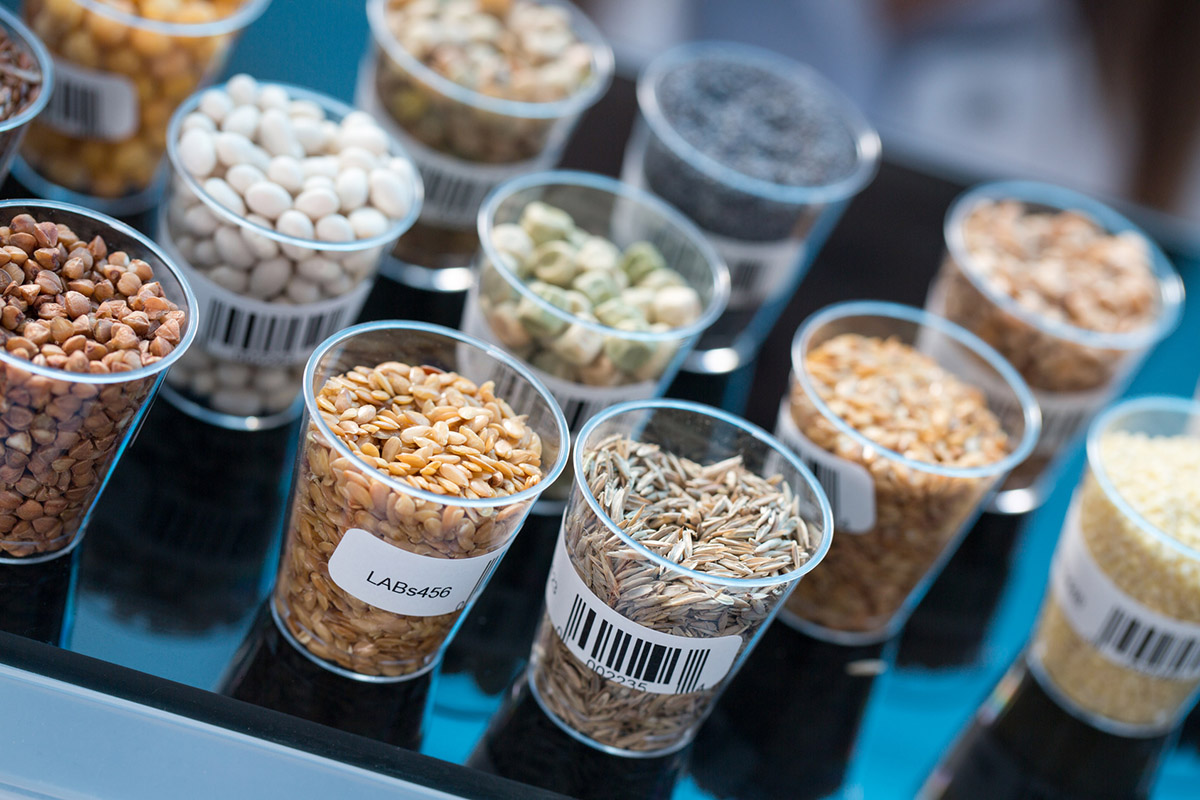

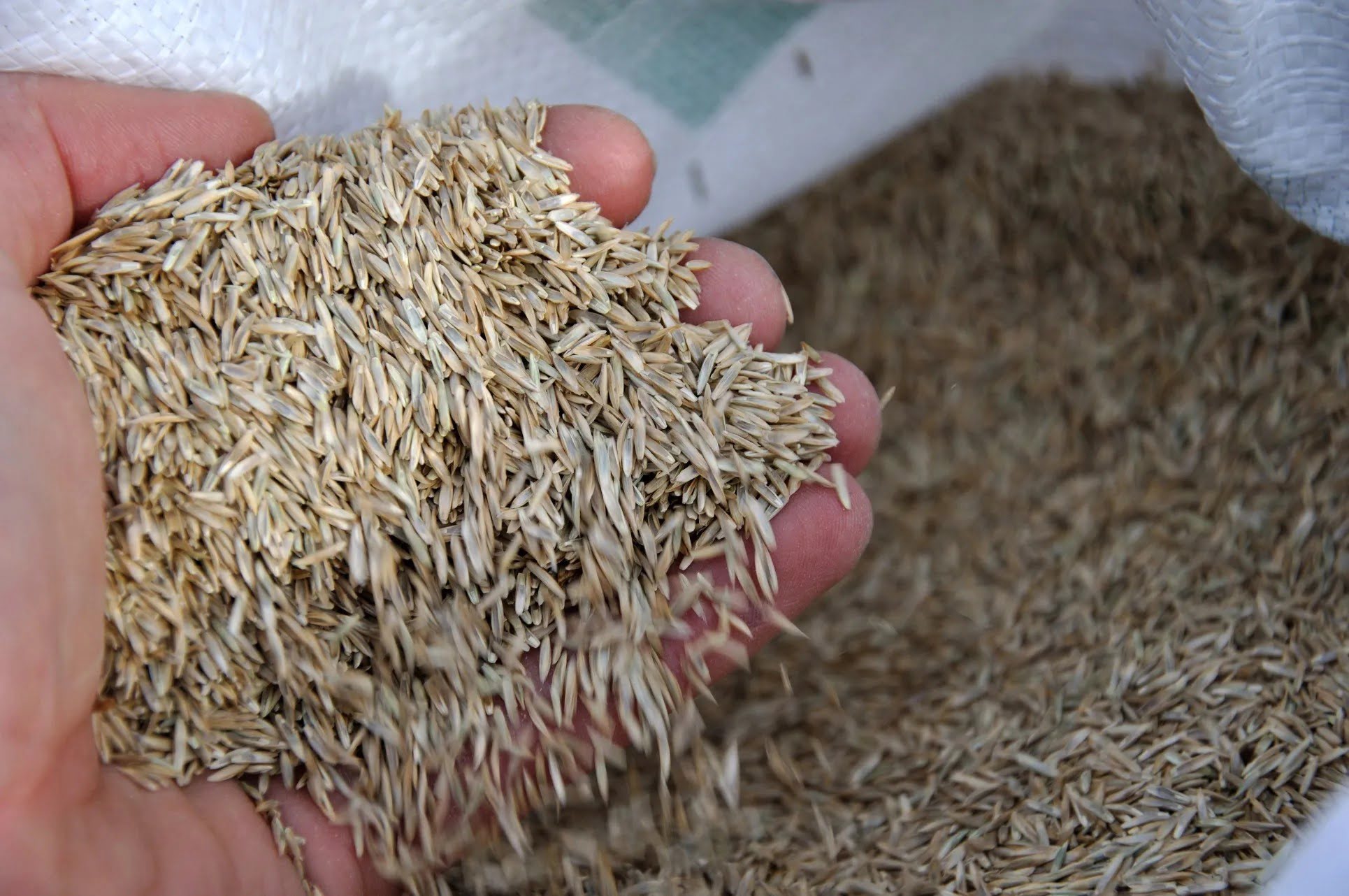
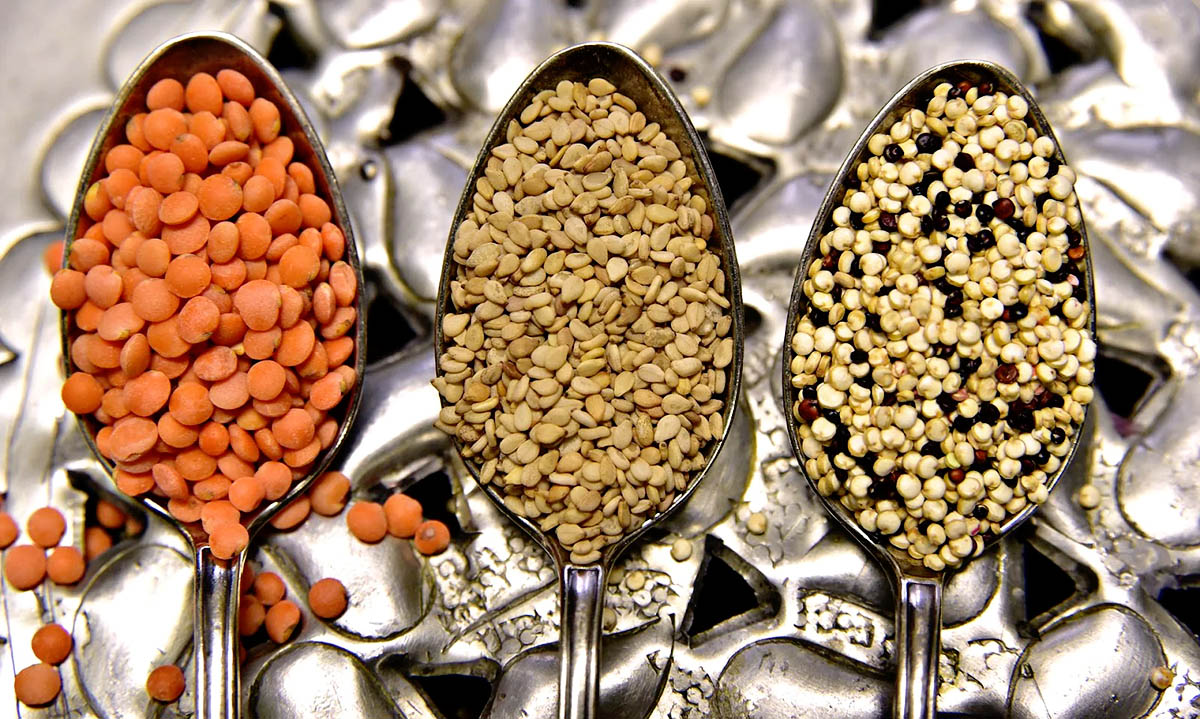
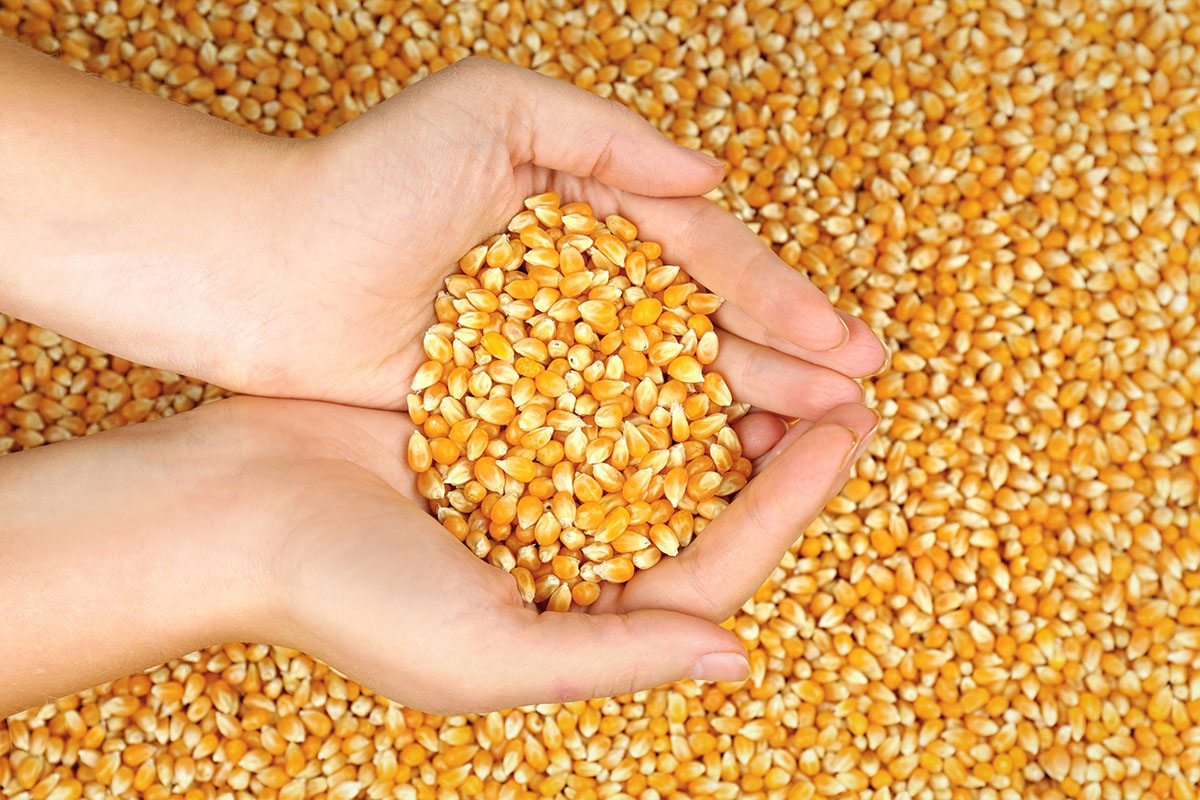
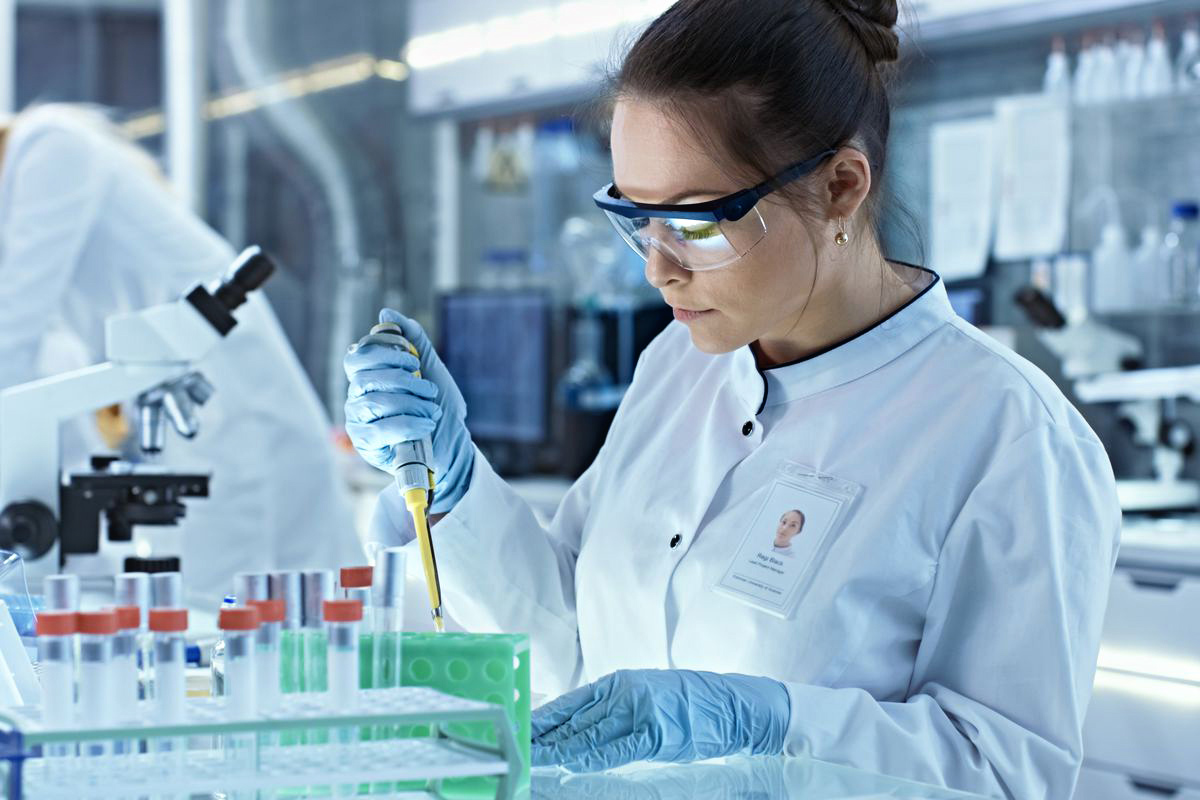

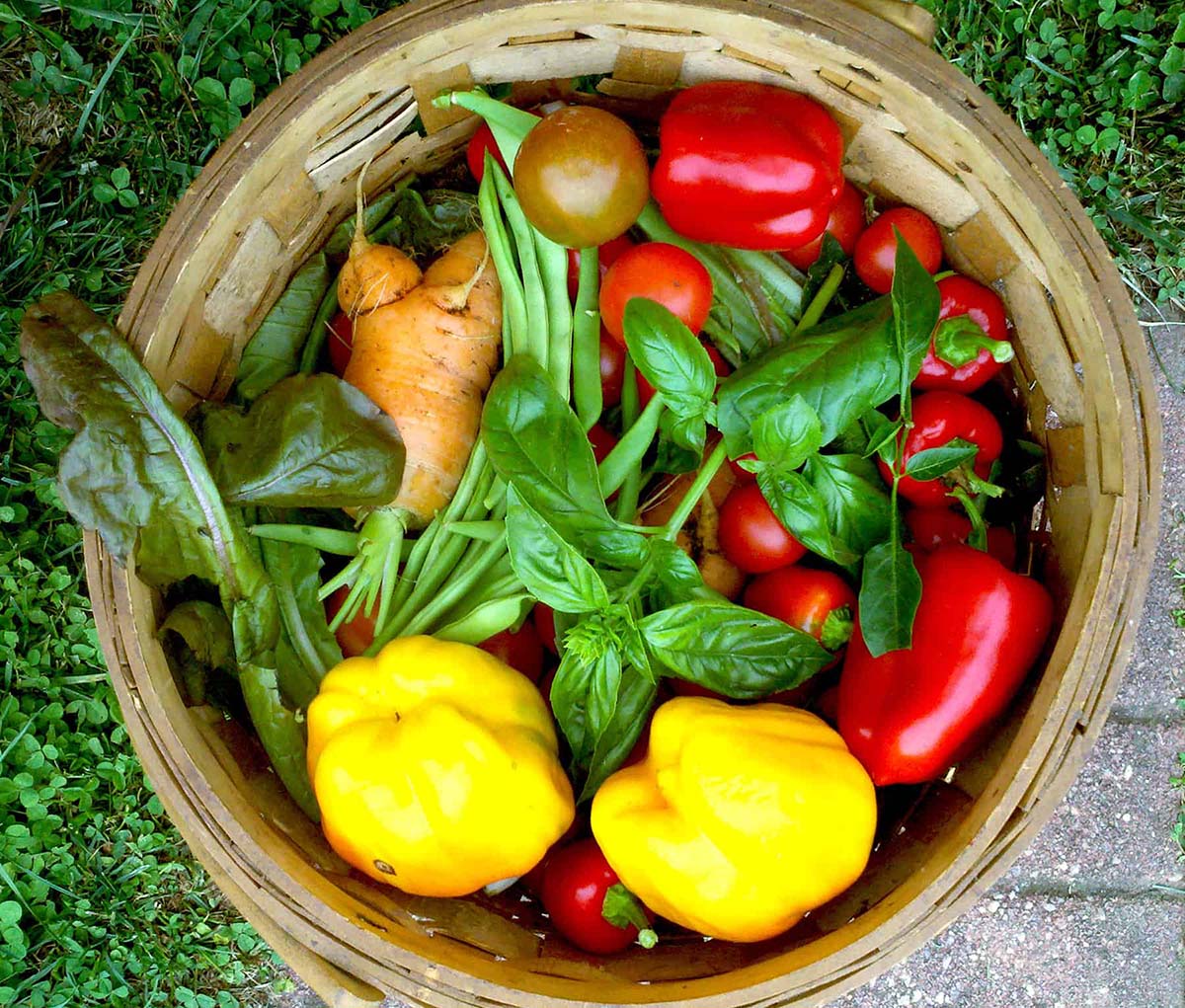

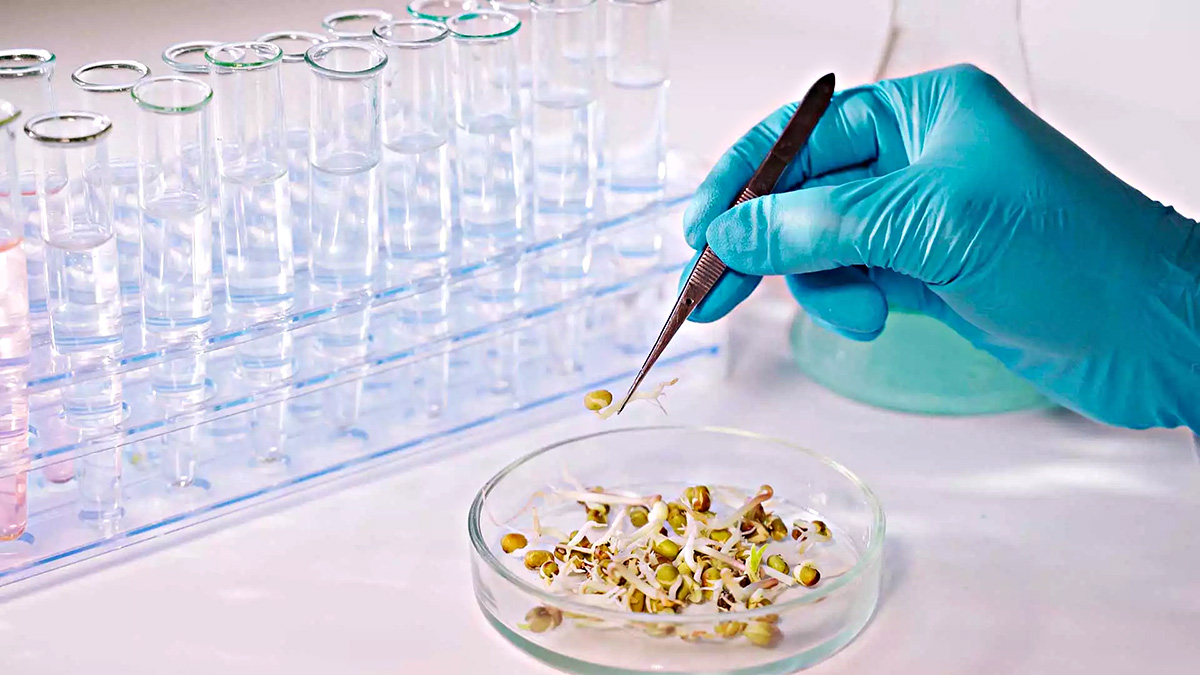
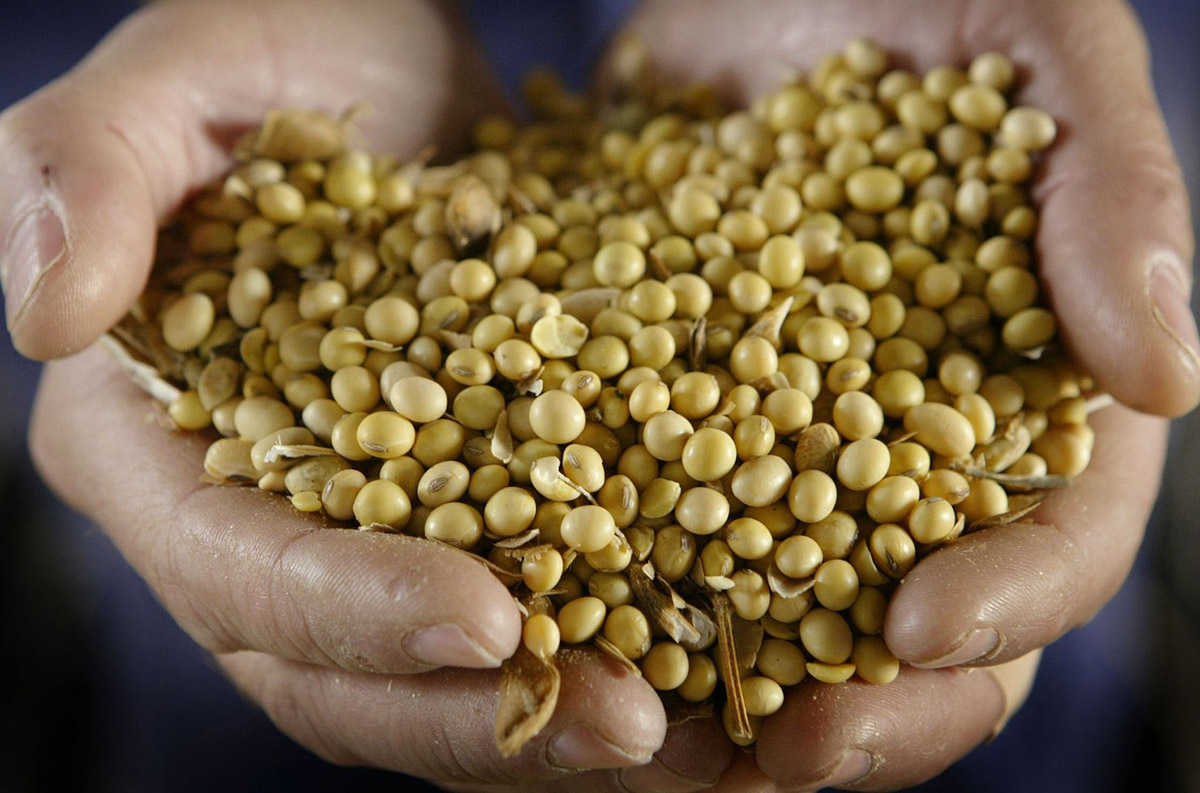

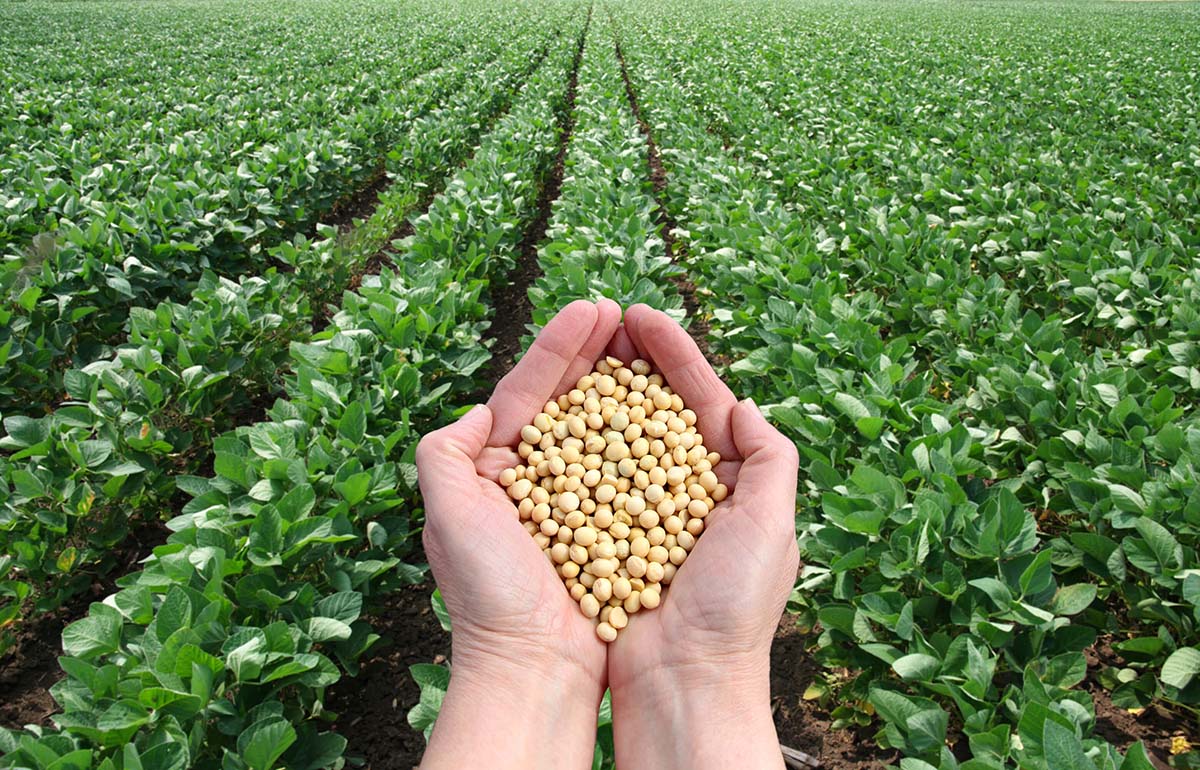

0 thoughts on “Why Are GMO Seeds More Expensive”